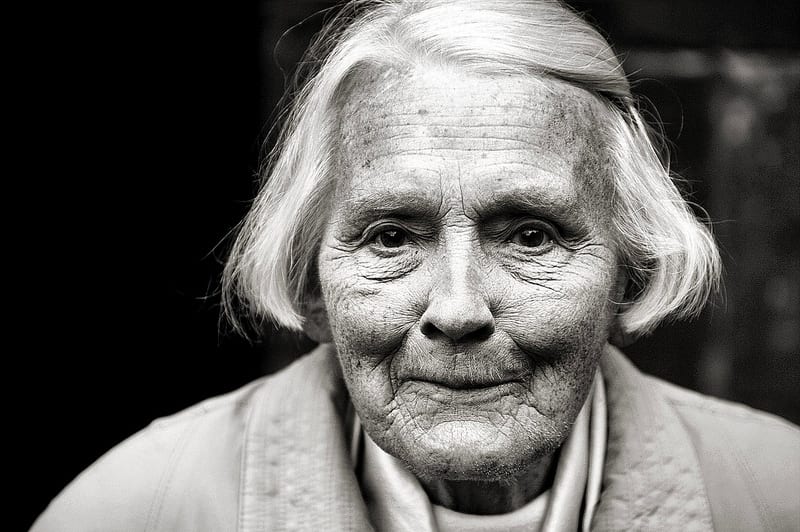
People with dementia feel pain the same as all of us but their deteriorating brain function can mean that they can’t clearly communicate their distress; instead they may be agitated, restless or shout out. By working together as a multi-disciplinary team, looking for non-verbal signals and acting quickly we can control their pain and help each individual feel comfortable and content.
Dementia doesn’t actually cause pain but the elderly and especially those with Alzheimer’s are more far likely to suffer conditions that are painful. Falls, accidents, arthritis and many medical conditions can all contribute to their distress. It was previously thought that the brain damage in dementia stopped pain sensation. But recent research looking at MRI scans has confirmed that they suffer the same as everyone; they just can’t explain their feelings, especially in the later stages when their functions of cognition and communication have declined. In fact it’s been shown that people with dementia, especially those in residential care actually report less pain and have less analgesia.
It’s really unlikely that they’re experiencing less pain; so many people may be suffering untreated. It’s important to be really aware that a person may have pain, assess what may be causing it so that we can quickly
and effectively manage their discomfort.
In the early stages of dementia, people may still be able to say that they’re in pain but their declining ability to understand and communicate may make it more difficult to pin-point the location and severity of their symptoms and reliably ask for and take medication.
It’s not just dementia that can stop people reporting pain. They may be frightened, not want to be a hassle, depressed or have cultural or religious beliefs that pain should be bravely tolerated. So it’s important to have strategies to assess pain. Simply asking if everything’s OK may not be enough, even if their communication is still good.
Non-verbal signs can be really helpful in assessing pain at all stages of dementia. Some of these behaviours can be caused by emotional distress or part of normal disease progression but pain should always be considered because treating the cause or the soothing the symptoms can make a huge difference.
Vocal signs: moaning crying or shouting or sometimes unusual silence.
Movement: The movement may be limited or slow, they may keep a body
part still or protect and guard a specific area.
Signs of distress: They may grimace, be restless and make gestures of
suffering.
Physical signs: Their observations may show an increased heart rate or blood
pressure. You may notice sweating or a change in skin colouration.
Emotional signs: They may seem angry, irritable or aggressive. Some people
in pain withdraw and become flat, quiet and uncommunicative.
Sleep disturbance: This can be reflected in agitation and sleeplessness or on
the other hand lethargy, low energy and increased sleeping.
Appetite:You may notice decreased appetite, eating less and weight loss.
If pain isn’t recognised, a person will not only suffer unnecessarily but they may also be treated for the wrong thing. Restless or disruptive behaviour may result in sedation with anti-psychotics, silent withdrawal may be interpreted as depression. Any medications given will have side effects and won’t get to the root of the problem.
Musculoskeletal pain can decrease mobility, interfere with activities and increase the likelihood of falls. Persistent pain of any kind can worsen the symptoms of dementia and profoundly impair their quality of life.
It’s not easy to measure pain; we usually have to reply on what the patient says, rated on a scale of zero to ten. For individuals with dementia it’s particularly tricky as they may not fully understand the questions and struggle to explain their symptoms. The Australian Pain Society recommends the Brief Pain Inventory as a method of assessment.
Wherever possible we need to treat the cause of the pain and for chronic, on going pain its management should be an essential part of the care plan. Extra medication can be added for any breakthrough symptoms.
We’ve also used non-drug therapies to ease discomfort, these include massage, hot and cold packs, gentle exercise and manipulation. Postural care like checking chairs and beds have enough body and neck support can have a dramatic effect and relaxation techniques can also be useful.
Pain can be debilitating, especially when an individual has difficulty communicating their suffering. But by watching, assessing and treating we can prevent discomfort and distress.